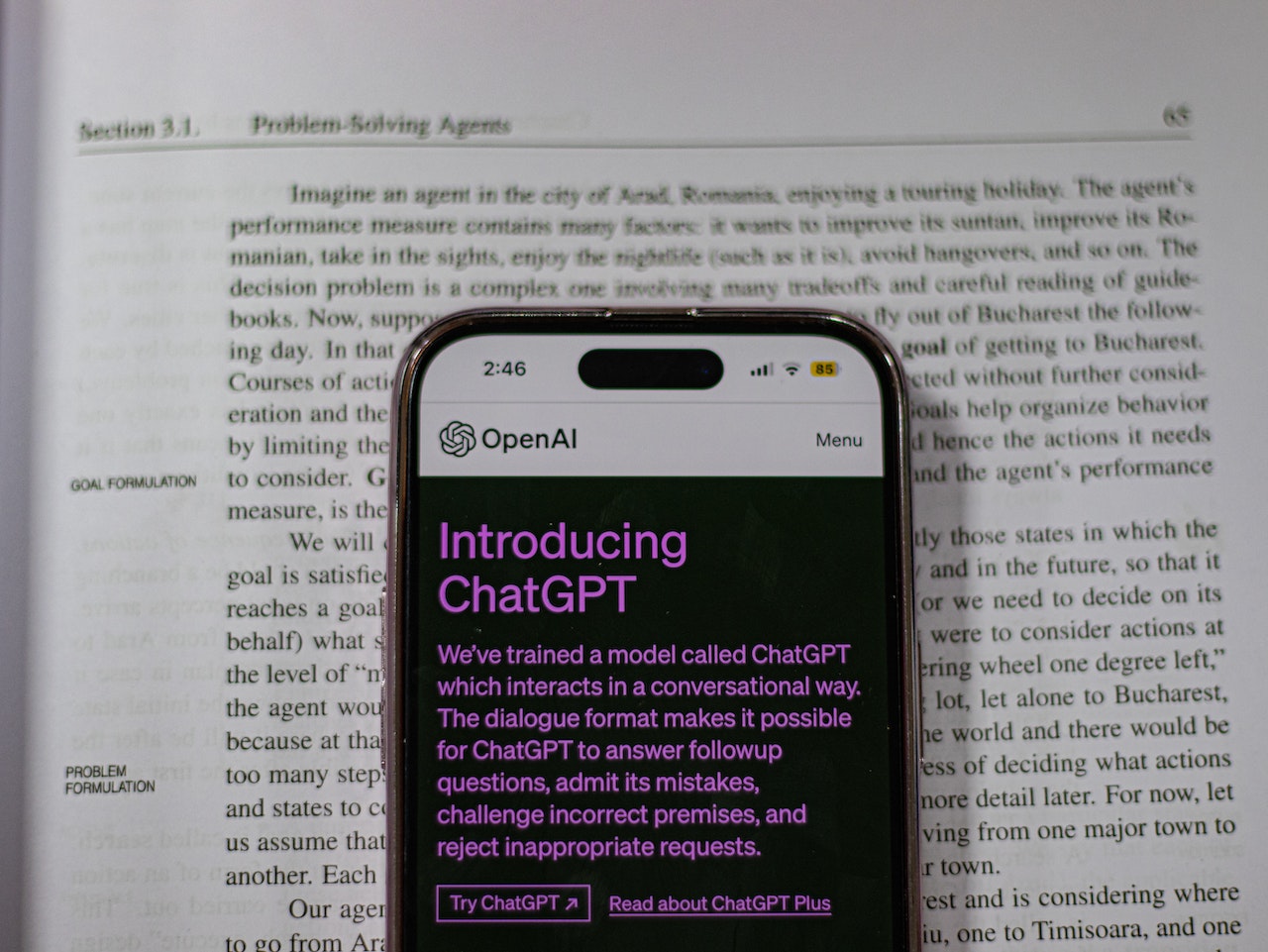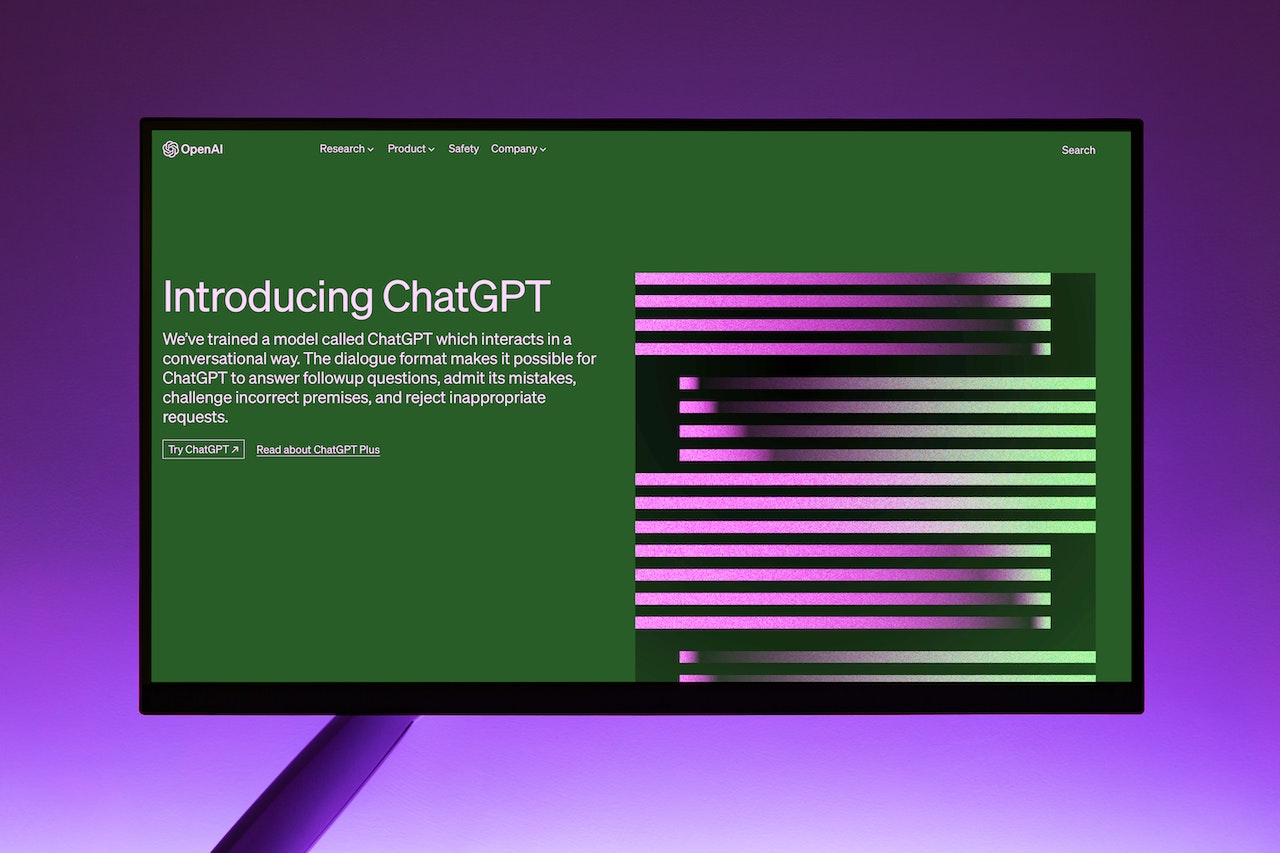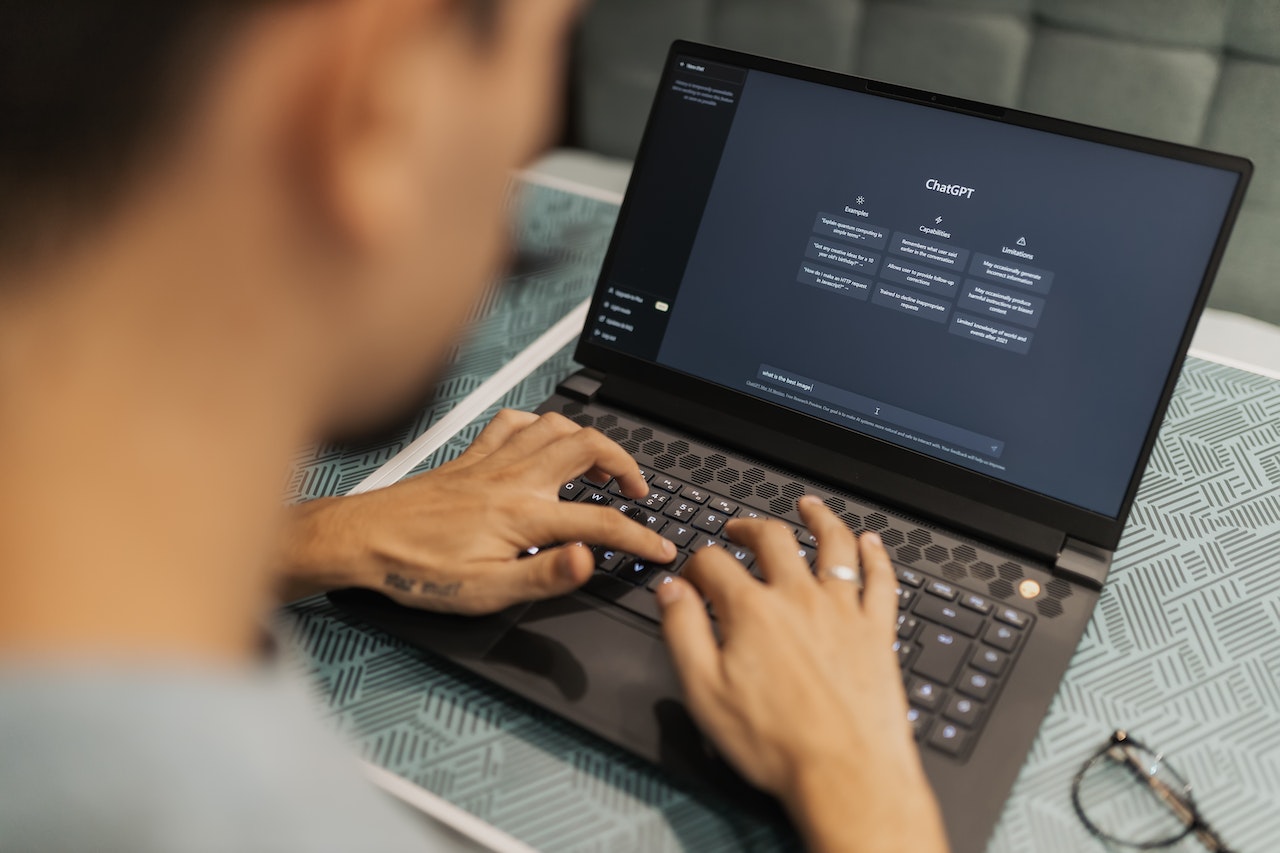As technology continues to advance, AI language models like ChatGPT have gained significant popularity. These models are designed to understand and respond to human queries, offering a range of possibilities for interaction. Whether you’re seeking information, engaging in casual conversation, or even conducting research, ChatGPT has the potential to provide valuable insights. One common question that arises is, “How many questions can you ask ChatGPT in an hour?” In this article, we’ll explore the factors that influence the number of questions you can ask, strategies to maximize your query count, and tips for a more effective conversation.
1. Introduction
What is ChatGPT?
ChatGPT is an AI-powered language model developed by OpenAI. It utilizes deep learning techniques to generate human-like responses to user inputs. With a vast amount of pre-existing knowledge and the ability to learn from new data, ChatGPT can provide informative and contextually relevant answers to a wide range of questions.
Importance of asking questions
Asking questions is an essential part of human communication and acquiring knowledge. It allows us to seek information, clarify doubts, and explore new ideas. With ChatGPT, the ability to ask questions becomes even more valuable, as it opens up opportunities for engaging conversations and accessing information at our fingertips.
2. Understanding ChatGPT’s capabilities
To determine the number of questions you can ask ChatGPT in an hour, it’s important to understand the capabilities and limitations of this AI language model.
AI language model
ChatGPT is an advanced AI language model designed to generate human-like text based on the given input. While it can provide insightful responses, it’s essential to remember that it does not possess true understanding or consciousness. Instead, it relies on patterns and statistical associations present in its training data.
Unlimited questions within an hour?
Although ChatGPT does not have a strict limit on the number of questions you can ask, it’s important to consider the various factors that can affect the quantity and quality of the answers you receive. The complexity of questions, length of responses, and the time required for interaction can impact the overall number of queries you can pose within an hour.
3. Factors influencing the number of questions
Several factors come into play when determining the number of questions you can ask ChatGPT within a specific timeframe.
Complexity of questions
The complexity of your questions plays a significant role in the number of queries you can cover within an hour. Complex questions often require more detailed responses, which can consume more time. On the other hand, simpler questions may receive quicker and concise answers, allowing you to ask more in a given timeframe.
Length of responses
The length of ChatGPT’s responses can vary depending on the input and the nature of the question. In some cases, you may receive concise answers that require fewer interactions, enabling you to ask more questions. However, if the responses are longer and more detailed, it may limit the number of queries you can ask within an hour.
Interaction time
The time taken for each interaction also impacts the overall question count. Engaging in a back-and-forth conversation with ChatGPT can be time-consuming, especially if there are clarifications or follow-up questions. It’s important to consider the time spent per interaction to gauge the number of questions you can cover within the desired timeframe.
4. ChatGPT’s response time
To optimize the number of questions asked, it’s crucial to focus on ChatGPT’s response time. While it’s designed to generate responses quickly, certain considerations can help improve the speed of interactions.
Considerations for faster responses
To minimize response time, it’s helpful to structure your questions in a concise and clear manner. Providing specific context and being explicit with your query can enable ChatGPT to generate faster and more accurate responses. Additionally, avoiding lengthy or convoluted sentences can aid in expediting the conversation.
Balancing speed and accuracy
While speed is essential, it’s also important to maintain accuracy in the responses received from ChatGPT. Striking a balance between the two can ensure you get reliable and informative answers. It’s better to spend a little more time on a question to receive an accurate response than to rush through multiple questions and compromise accuracy.
5. Strategies to maximize question count
To make the most of your time with ChatGPT and maximize the number of questions you can ask, consider the following strategies:
Asking concise questions
Craft your questions to be as concise as possible while still providing sufficient context. By avoiding unnecessary elaboration, you can save time and receive quicker responses, allowing you to cover a greater number of queries.
Avoiding unnecessary follow-ups
While follow-up questions are often valuable for clarifications, it’s important to avoid unnecessary back-and-forth interactions. Instead, try to anticipate potential clarifications or include additional context in your initial query to minimize the need for follow-ups.
Prioritizing important queries
If you have limited time, prioritize the most crucial questions that require immediate answers. By focusing on high-priority queries, you can ensure you cover the most important topics within the given timeframe.
6. Overcoming the perplexity challenge
Perplexity refers to the level of confusion or uncertainty an AI language model may experience when faced with ambiguous or complex queries. To overcome perplexity and maximize the number of questions, consider the following strategies:
Effective use of context
Providing clear context in your questions can significantly reduce perplexity. By offering relevant information, examples, or specifying the desired outcome, you help guide ChatGPT’s responses and increase the chances of receiving accurate and informative answers.
Providing clear instructions
When asking questions, provide explicit instructions to guide ChatGPT’s response. Clearly state the desired format or type of information you seek, ensuring ChatGPT understands your expectations and can generate relevant answers more efficiently.
7. Burstiness and its impact on questions
Burstiness refers to the phenomenon where an AI language model may provide inconsistent or sporadic responses. While ChatGPT aims to generate coherent and contextually appropriate answers, managing burstiness can help maintain a smooth conversation flow.
Understanding burstiness
Burstiness can occur due to various factors, including the complexity of the query, the novelty of the topic, or limitations in the model’s training data. It’s important to be aware of burstiness and adapt your conversation accordingly to maintain a productive dialogue.
Managing conversation flow
To manage burstiness, it’s beneficial to structure your questions in a way that maintains a smooth conversation flow. If you encounter an unexpected or inconsistent response, provide additional context or rephrase your question to help ChatGPT generate a more coherent answer.
8. Utilizing contextual cues
To enhance the conversation experience and maximize question count, utilize contextual cues effectively.
Referencing prior responses
When asking subsequent questions, reference relevant information from ChatGPT’s previous responses. By incorporating context from earlier interactions, you can build upon existing knowledge and receive more accurate and informed answers.
Expanding on previous answers
If a response from ChatGPT provides an opportunity for further exploration, consider expanding on the topic. By delving deeper into a specific aspect, you can extract more valuable information and make the most of your conversation time.
9. Leveraging knowledge cutoff and updating context
It’s important to recognize the limitations of ChatGPT, including its knowledge cutoff and potential knowledge gaps. However, there are strategies to work around these challenges.
Recognizing limitations
ChatGPT’s knowledge is based on its training data, which has a specific cutoff date. It may not be aware of recent events or developments beyond its knowledge cutoff. Keep this in mind when asking questions related to time-sensitive topics.
Navigating knowledge gaps
If ChatGPT encounters a knowledge gap or fails to provide a satisfactory answer, consider rephrasing the question or providing additional context. This can help the model better understand your query and generate a more relevant response.
10. Human-like conversation experience
To create a more engaging and human-like conversation experience with ChatGPT, consider the following tips:
Maintaining conversational tone
ChatGPT responds well to a conversational tone. Frame your questions as if you were speaking to a knowledgeable friend, utilizing an informal and friendly style. This approach can help elicit more natural and relatable responses.
Incorporating personal pronouns
Using personal pronouns like “you,” “we,” or “us” when addressing ChatGPT can create a sense of interaction and make the conversation feel more personalized. It adds a human touch and enhances the conversational experience.
11. Conclusion
In conclusion, the number of questions you can ask ChatGPT in an hour depends on various factors, including the complexity of questions, length of responses, and interaction time. By employing strategies to maximize question count, overcoming perplexity and burstiness, and utilizing contextual cues, you can make the most of your conversation and extract valuable information from ChatGPT.
12. FAQs
FAQ 1: Can ChatGPT answer questions from any topic?
ChatGPT is designed to answer a wide range of questions across various topics. However, its responses are based on the information present in its training data. While it possesses a vast amount of knowledge, it may not have information on very specific or niche subjects.
FAQ 2: Is there a limit to the length of questions?
There is no strict limit to the length of questions you can ask ChatGPT. However, it’s advisable to keep your queries concise and to the point. Lengthy questions may require more time to process, impacting the overall number of questions you can ask within an hour.
FAQ 3: Can ChatGPT understand and respond to multiple questions at once?
ChatGPT generally responds to one question or query at a time. While you can ask multiple questions consecutively, it’s recommended to focus on one question at a time to ensure clarity and coherent responses.
FAQ 4: How does ChatGPT handle ambiguous queries?
ChatGPT may face challenges when dealing with ambiguous queries. Providing additional context or rephrasing your question can help clarify the ambiguity and improve the quality of responses received.
FAQ 5: Can ChatGPT generate questions as well?
ChatGPT is primarily designed to answer questions rather than generate them. Its main function is to provide informative and contextually relevant responses based on the given input. However, it may occasionally generate probing questions as part of its response to seek further clarification.





